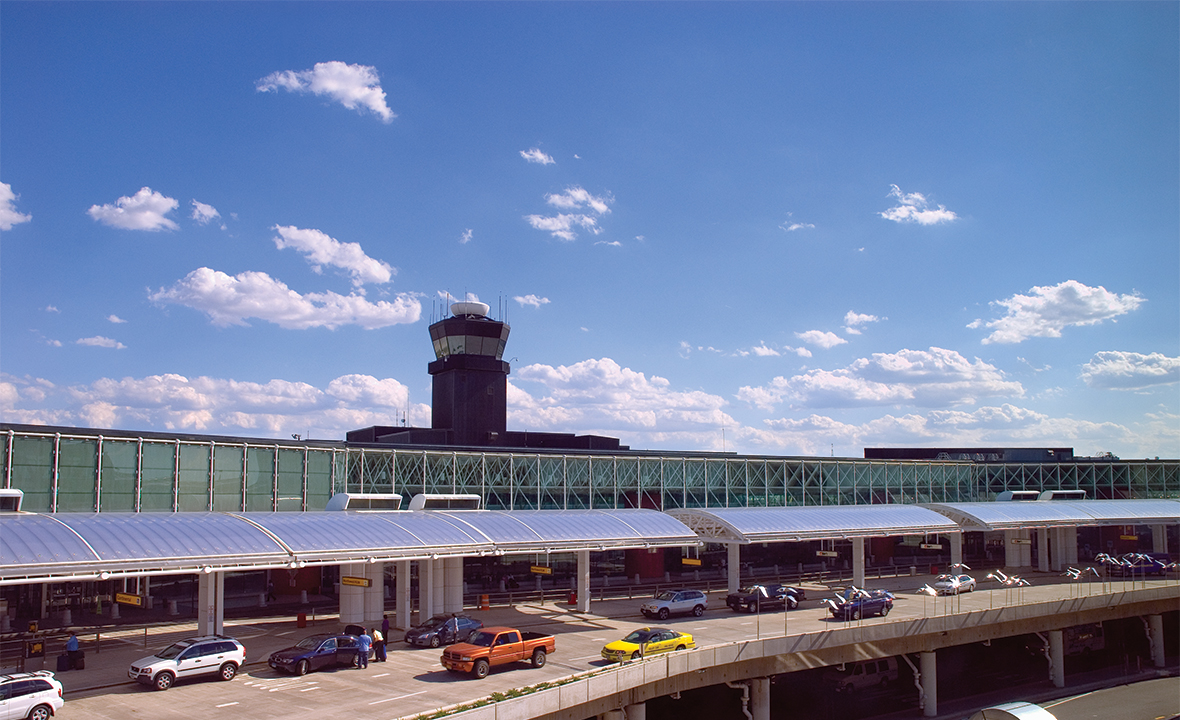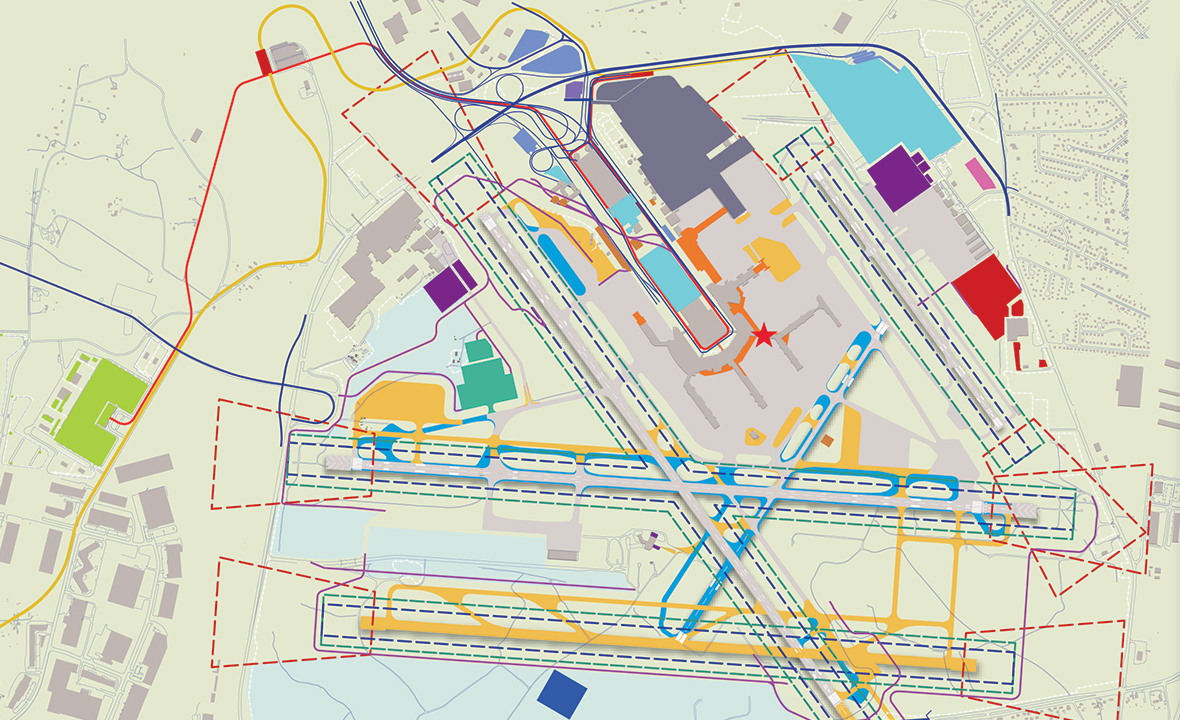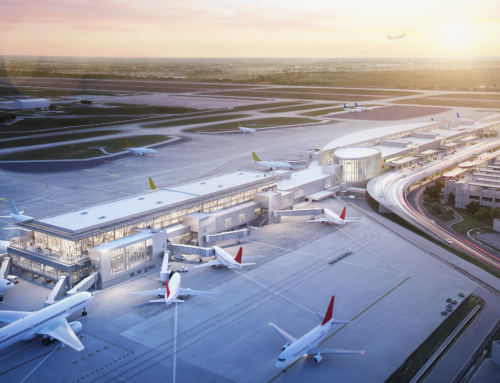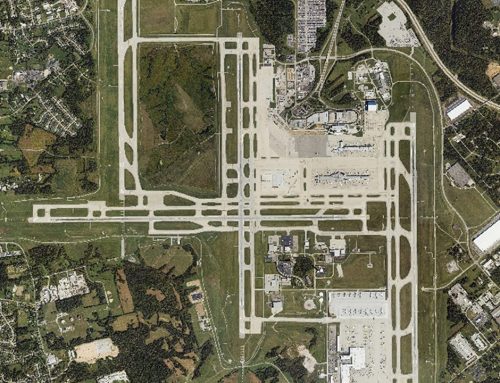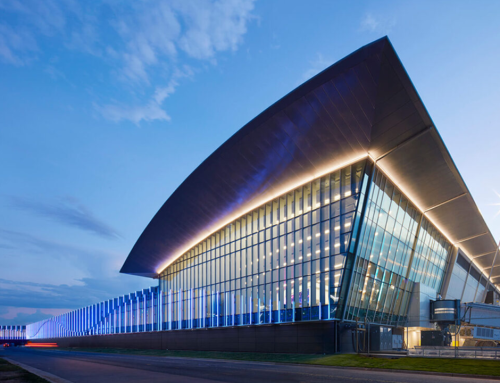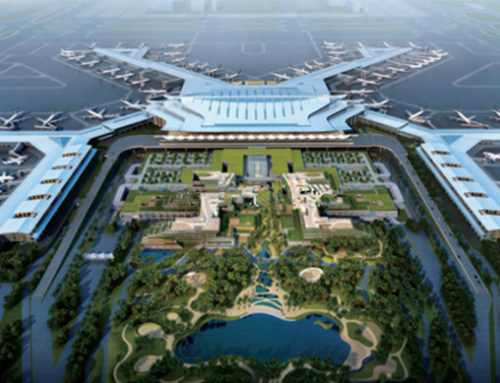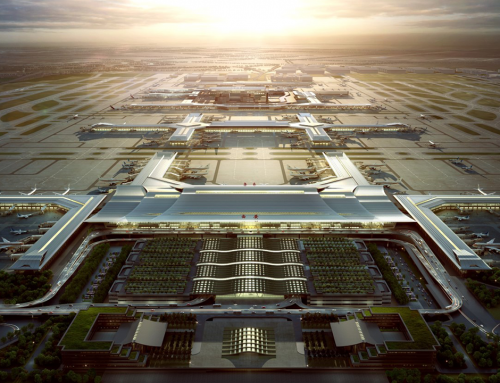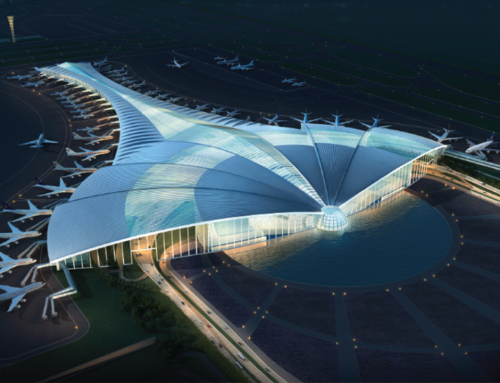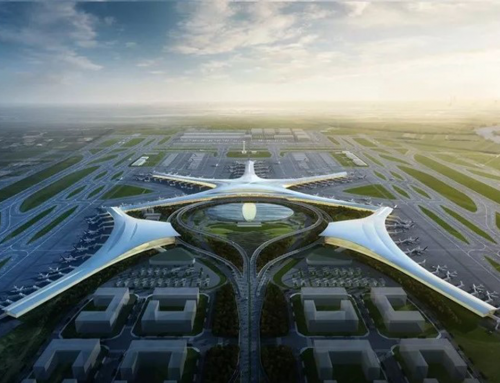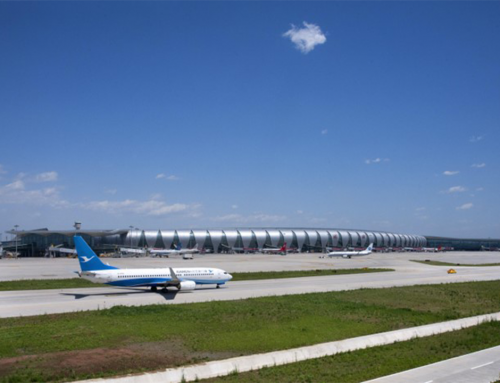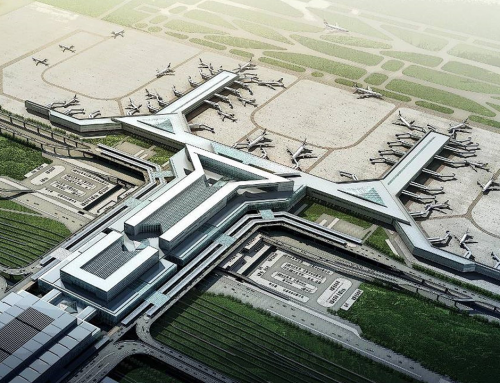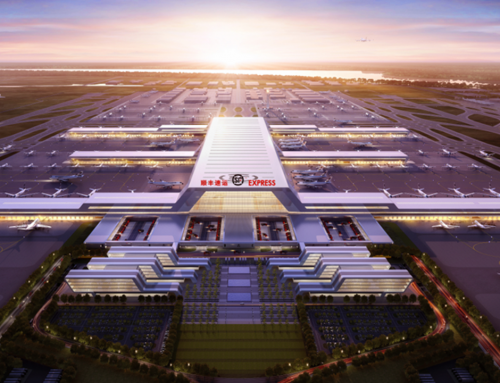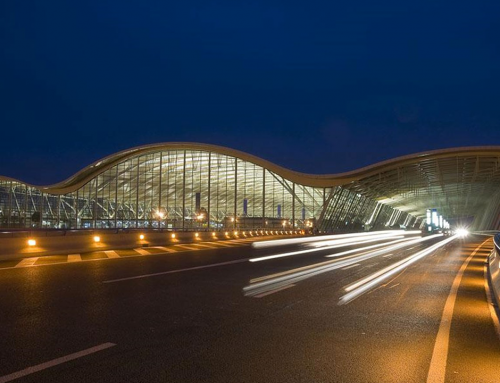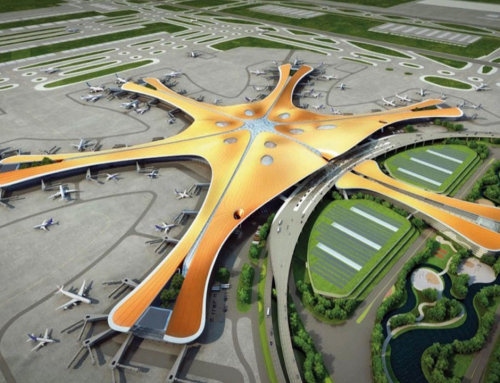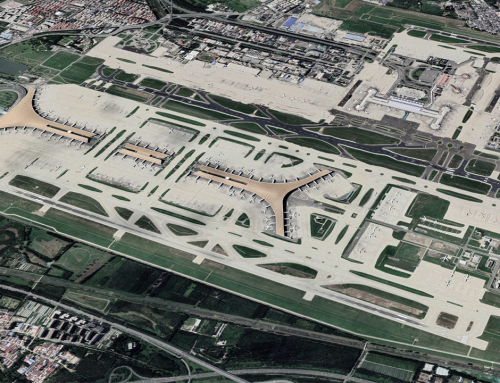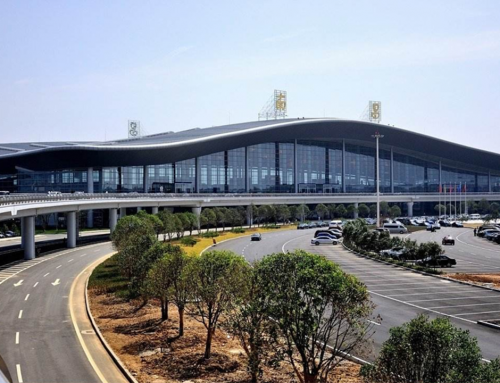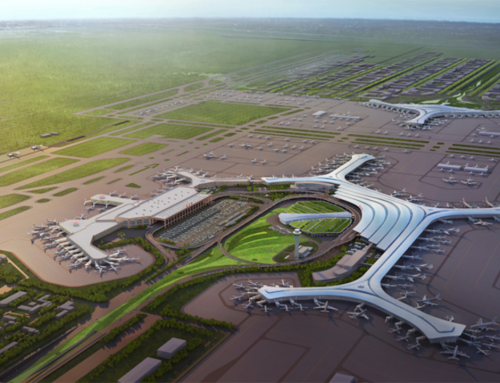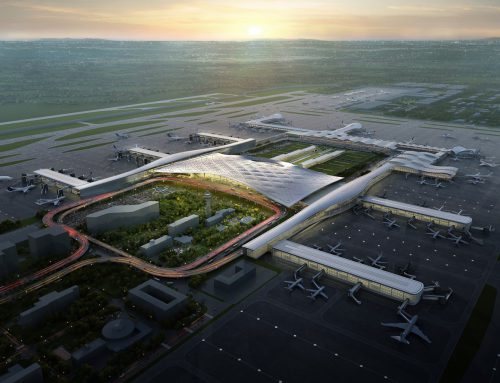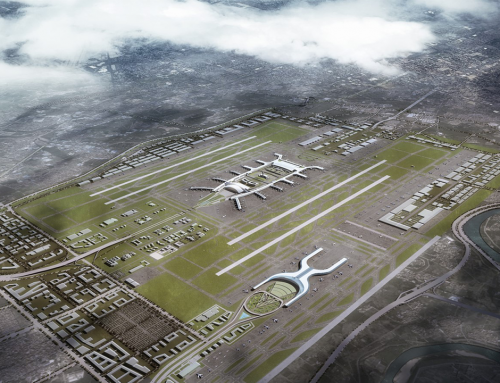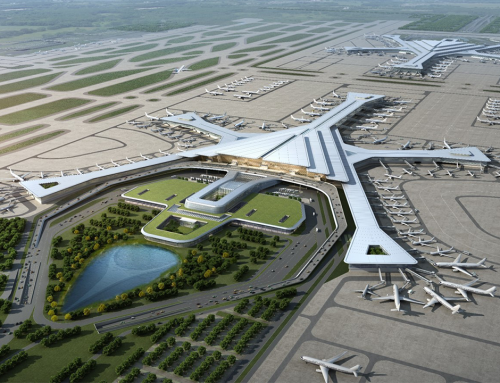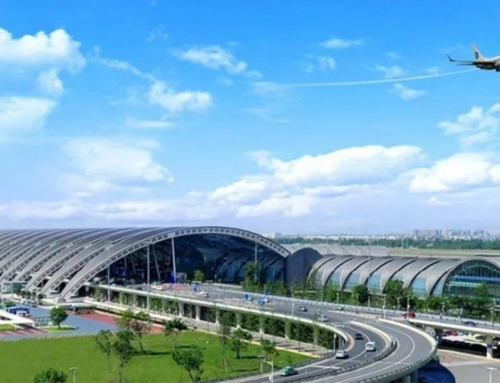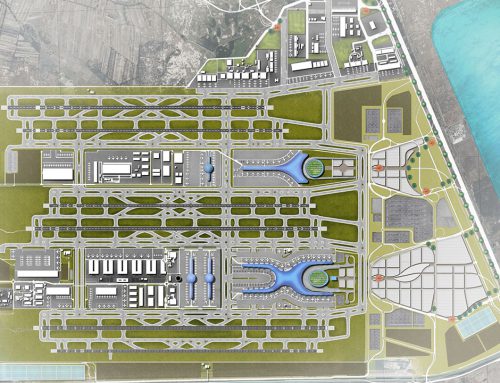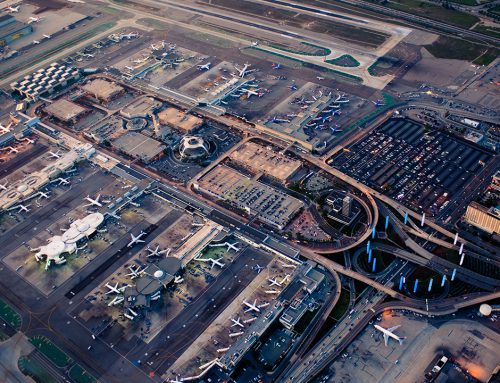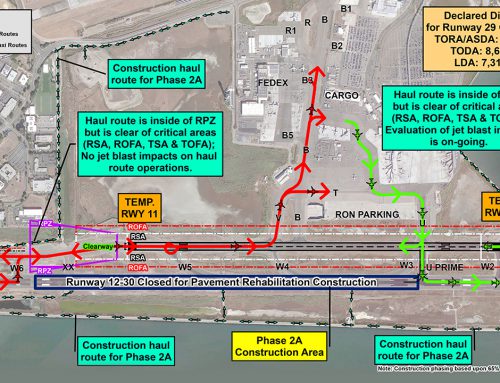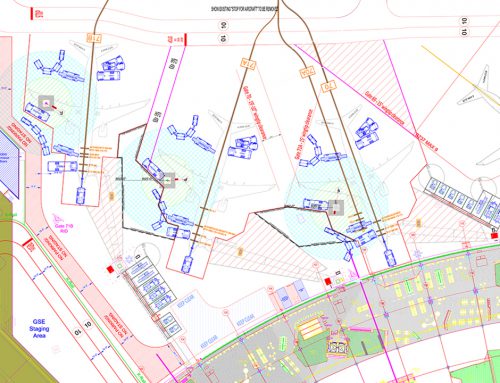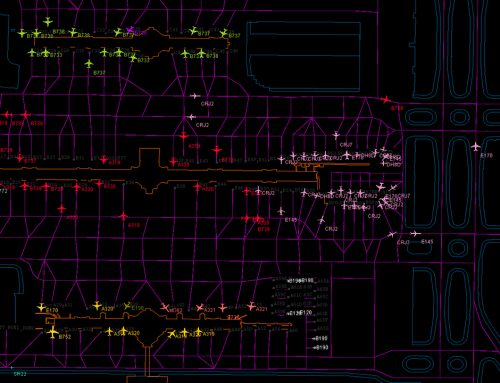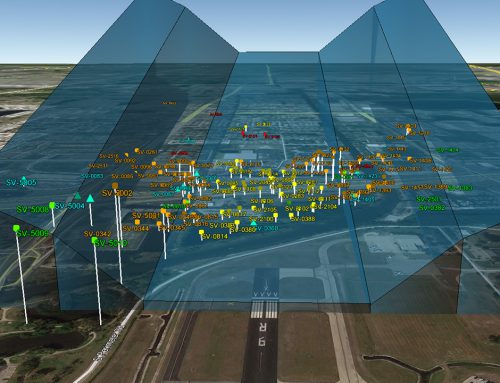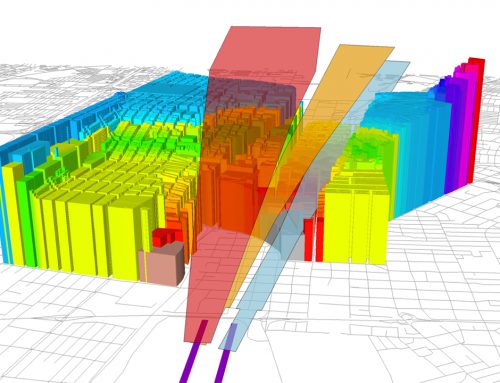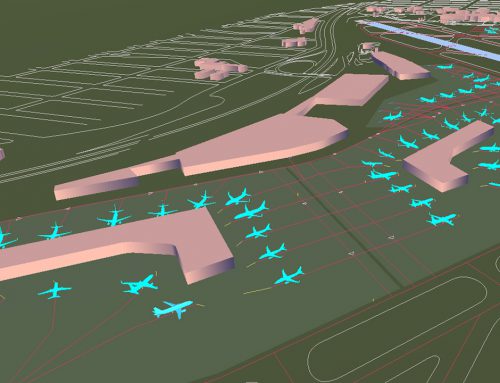Project Description
Baltimore / Washington International Thurgood Marshall Airport
Client: Maryland Aviation Administration
L&B was engaged as the lead consultant to prepare the 2030 Airport Master Plan and Airport Layout Plan (ALP) for the Baltimore/Washington International Thurgood Marshall Airport (BWI). L&B also provided on-call airport planning services at both BWI and Martin State Airport (MTN).
The Master Plan process was developed in two phases.
- Phase One consisted of a long-range needs assessment to identify the status of existing facilities and services and the development of future (2030) facility requirements based on passenger and aircraft activity forecasts.
- Phase Two consisted of identifying airfield, terminal, and landside development alternatives to accommodate the projected increase in future aviation travel demand.
The evaluation of development alternatives selected recommended projects and implementation plans were prepared that included airport layout plan (ALP) drawings and a financial analysis.
The Master Plan airside analysis focused on bringing the BWI facilities into compliance with current FAA design standards, including Engineering Brief 75 guidelines. The terminal area analysis focused on accommodating the projected need for airline gates and aircraft parking positions, modernizing aging facilities, maximizing efficiency and passenger convenience, integrating automated bagging handling systems, increasing the locational desirability of concession space, and creating meter-greeter areas supported by amenities.
The evaluation of local and on-airport roadways determined their ability to accommodate future passenger volumes. The landside analysis resulted in a recommendation to reconfigure a major interchange and provide additional lanes on the terminal area roadways. The need for regional and light rail, commercial ground transportation staging areas, and automated people mover/personal rapid transit (APM/PRT) systems also were considered.
This Master Plan and ALP provide flexibility for the development of projects need to meet MAA’s need for an efficient, customer friendly airport within the fiscal realities facing both the MAA and the Airport’s airline tenants. This future-proof plan is adaptable to be responsive to evolving trends, tenant demands, and economic circumstances.
